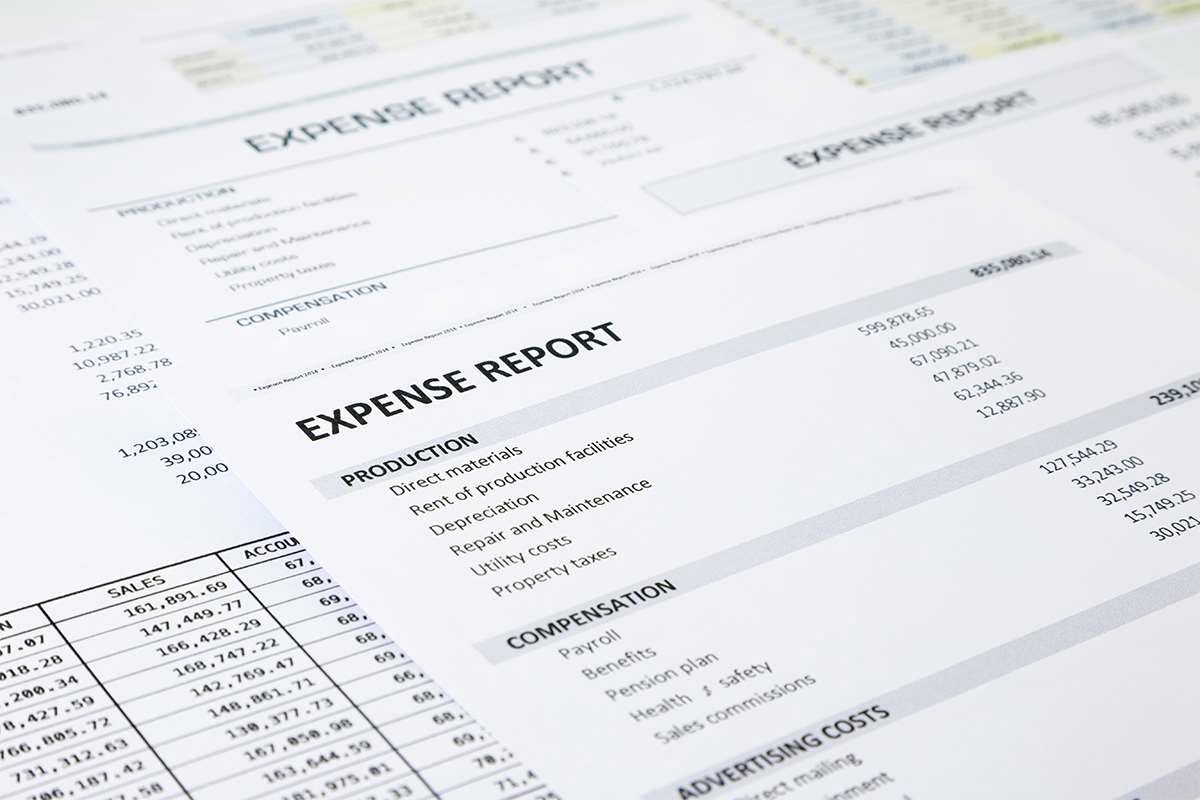Incremental Analysis: Definition, Types, Importance, and Example

However, these are generally not recognised until one party has fulfilled their part of the agreement. For instance, a firm order does not lead to the recognition of an asset or a liability at the time of commitment. Instead, recognition is delayed until the ordered goods or services have been delivered or provided (IFRS 9.B3.1.2(b)).
- Producing more units requires additional raw materials, and costs fluctuate based on supplier pricing, order volume discounts, and market conditions.
- It is not explicitly stated how the deferred difference should be recognised as a gain or loss.
- Understanding the practical application of incremental and differential costs is crucial for strategic decision-making in any business.
- In summary, incremental cost analysis empowers decision-makers to optimize resource allocation, evaluate projects, and make economically sound choices.
- These costs may include but are not limited to the purchase, transportation, installation, and maintenance of the equipment.
- The standard does not elaborate extensively on this definition, nor does it provide comprehensive guidance on the different types of arrangements that may qualify as lease incentives.
What Is the Benefit of Incremental Analysis?
This implies that the lessee cannot use forward rates or forecasting techniques in measuring variable lease payments (IFRS 16.BC166). Before performing an impairment test at the contract level, any impairment loss for assets related to the contract that are in the scope of another IFRS (e.g. IAS 2, IAS 16, and IAS 38) should be recognised. After performing an impairment test at the contract level, contract costs recognised as an asset are included in the carrying value of CGU to be tested for impairment under IAS 36 (IFRS 15.103). One aspect that companies must be aware of is the potential for cost assumptions to be wrong. Every effort must be made to make correct cost estimates so that the choice of an opportunity that a business ultimately makes doesn’t affect the company negatively.

Incremental Revenue vs. Incremental Cost
These factors may include changes in production volume, material costs, labor expenses, overhead costs, and any other relevant cost drivers. By identifying and analyzing these factors, businesses can gain insights into the potential cost implications of their decisions. From an accounting perspective, the challenge lies in distinguishing between what constitutes an incremental cost and what does not.

Subtracting Baseline Cost from Alternative Cost
Businesses must weigh these factors to determine whether additional material costs justify expected revenue. This shows the incremental cost of scaling monthly production volumes by 5,000 units is $20,000. There is also a category of initial direct costs about which IFRS 16 does not provide explicit guidance. This is linked to IAS 16, which explicitly permits the inclusion of such costs in the cost of property, plant and equipment (PP&E).

From the perspective of a manufacturer, the incremental cost includes the expenses of raw materials, additional labor, and the usage of machinery specific to the production of the extra unit. However, it does not encompass fixed costs such as rent or salaries of permanent staff, which remain constant regardless of the production volume. For service-oriented businesses, incremental costs might involve the extra time spent on providing a service, the cost of additional utilities, or the wear and tear of equipment used. Understanding the concepts of incremental cost and differential cost is pivotal in the realm of business and economics. These costs are the backbone of strategic decision-making, providing a clear picture of the financial implications of various choices.
Understanding Incremental Costs
Understanding the calculation of incremental costs is pivotal for businesses as it directly influences their decision-making process. Incremental costs, also known as differential or marginal costs, are the additional costs incurred when a company decides to increase its output or activity level. Unlike fixed costs, which remain constant regardless of the level of production, incremental costs vary with the level of output and can significantly impact the average cost per unit. By analyzing incremental costs, companies can determine the profitability of producing additional units and make informed decisions about pricing, budgeting, and capital investments. Calculating incremental and differential costs is a nuanced process that involves identifying the costs that change as a result of a decision. These costs are pivotal in Certified Public Accountant strategic decision-making because they provide insight into the financial impact of one choice over another.

If an entity incurs incremental costs on contract modification, these costs should still be recognised as an asset, even if the modification is accounted for as a part of the existing contract. This is not explicitly mentioned in IFRS 15, but it’s widely accepted as IFRS 15 doesn’t restrict the requirements to initial costs only. However, the $50 of allocated fixed overhead costs are incremental fees a sunk cost and are already spent. Therefore, the cost to produce the special order is $200 per item ($125 + $50 + $25).
This cost is then subsequently adjusted to reflect any remeasurements of the lease liability due to reassessments or modifications to the lease. For lease payments denominated in foreign currency, the discount rate appropriate for that specific foreign currency should be used. Please note that some variable lease payments may actually be in-substance fixed lease payments.
Added Labor Outlay
- According to Investopedia, “Recognizing irrelevant versus relevant costs is critical when making business decisions since failing to weigh only consequential future cash flows may lead to erroneous determinations.”
- Therefore, knowing the incremental cost of additional units of production and comparing it with the selling price of these goods assists in meeting profit goals.
- Both incremental cost and marginal cost deal with additional costs that are involved in making additional products or providing additional services.
- It helps businesses evaluate the additional expenses incurred or savings achieved by implementing a specific course of action.
- Some lessors demand a security deposit that will be refunded when the leased asset is returned by the lessee.
Incremental cost guides you in choosing when to make your product and when to outsource. Often, it is more cost-efficient to outsource from a specialty company instead of doing it from scratch. My Accounting Course is a world-class educational resource developed by experts to simplify accounting, finance, & Medical Billing Process investment analysis topics, so students and professionals can learn and propel their careers. For additional information on this topic, please refer to the summary provided by KPMG. One approach to address this issue is that, within the consolidation journal alone, the lessee could treat the lease contract as a traditional operating lease.
